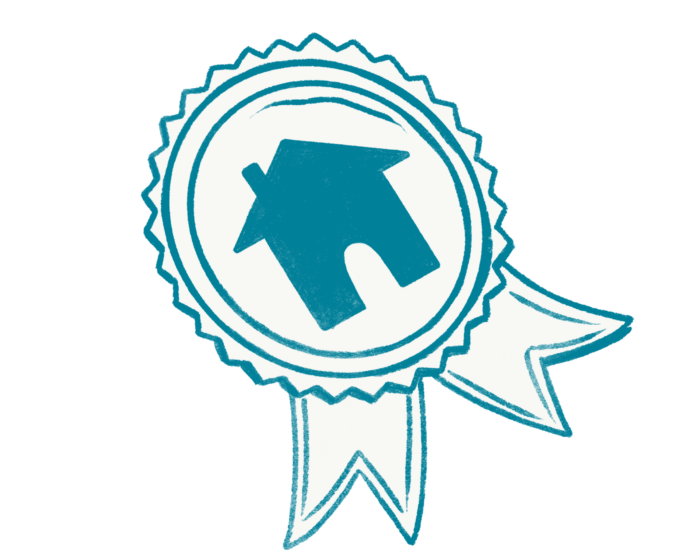Every year, nearly 75% of Americans get a tax refund. About a third of people save it, and nearly a quarter pay down debt. Smart! Investing in your home is another great way to make the most of your refund.
Here are six ways to consider putting your tax refund into your home this year. Most of them pay off both now and later.
1. Make repairs
If you’ve got a list of repairs, now’s the time to cross off your top to-dos.
It’s easy to fall behind on home maintenance. Yet maintenance is critical to protecting the wealth you’re building in your home. The sooner you get to that leaky roof or peeling paint, the less it costs to fix.
For example, repairing a small leak in your roof might cost $350 to $1,400. If it gets bad enough to damage a wall or ceiling, though, that could double.
2. Build up your maintenance fund
Peace of mind is having money saved for both regular upkeep and surprise repairs. A HomeAdvisor survey found that 1 in 3 homeowners did an emergency project in the course of a year.
As a starting point, one rule of thumb is to save 1% to 3% of your home’s purchase price every year. That’s about $2,500 to $8,000 for a $260,000 home. Your tax refund can jump-start your savings.
Some of the most common things homeowners have to repair or replace:
- Appliances
- Heating and cooling equipment
- Hot water heater
- Windows
- Roof
- Plumbing
3. Boost energy efficiency
Heating, cooling, and electric bills really add up. To save money every month, improve your home’s efficiency. You’ll protect yourself from future cost increases too.
Consider things like air sealing, insulation, new windows, an efficient water heater, or a better heating system.
Keep in mind that you can claim tax credits for the cost of certain energy improvements.
For details, go to IRS.gov and search for “energy credits.”
To get started, look into an energy audit. Your utility company or state might offer free basic audits. Before making a big investment, consider hiring an auditor certified by the Building Performance Institute for the Residential Energy Services Network (RESNET).
4. Make an extra payment on principal
The interest on a 30-year mortgage often doubles the cost of a home. Extra payments on principal can save you thousands in interest, especially in the early years of homeownership. You’ll pay off your mortgage sooner too.
For example, let’s say you have a $250,000, 30-year loan at 4.5%. With an extra $2,000 payment toward principal one year into the loan, you save $6,000 in interest. And you pay off your home 5 months early.
TIP: Use your tax refund to get rid of PMI
Once you reach 20% in equity, you can cancel private mortgage insurance (PMI). That day comes sooner with extra payments on principal. Using a windfall like a tax refund can bring an immediate payback.
5. Invest in curb appeal
Curb appeal is a major factor in your home’s market value. So exterior projects almost always give you a solid return on investment. Besides, it’s great to walk up to your own home and think, wow, what a nice place!
What would boost your home’s curb appeal the most? Fresh paint? Front-yard landscaping? A more inviting entry? A new garage door?
6. Pay closing costs on a refi
Refinancing your mortgage at a lower interest rate reduces your monthly payment. You also save thousands in interest over the life of the loan.
To get the new loan, though, you have to pay closing costs. They range from 2% to 6% of the loan amount. Lack of cash is one of the biggest reasons homeowners miss out on refinancing.
For most homeowners, it’s time to refinance if interest rates drop a full point below their original rate.




